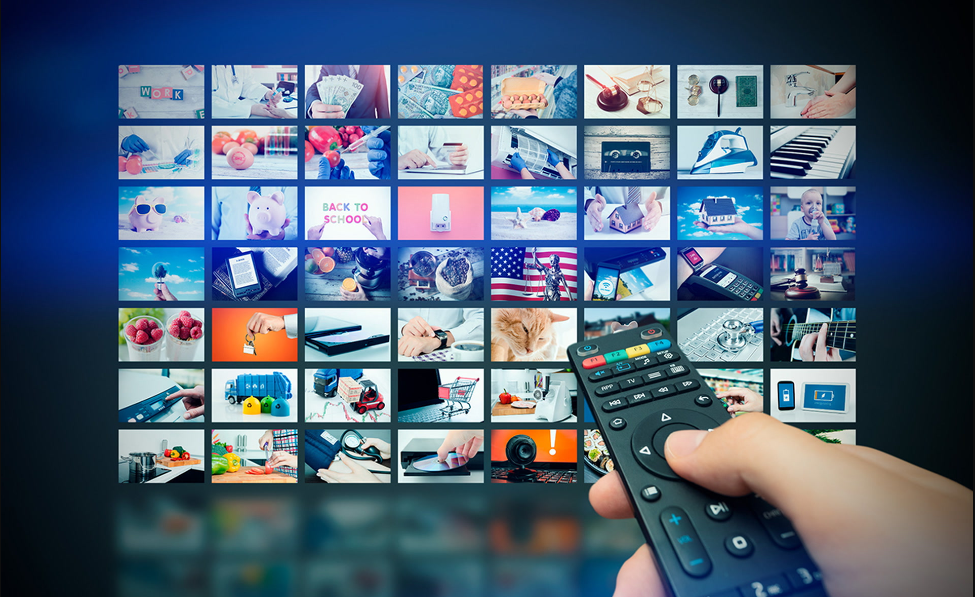
Introduction to IPTV
Internet Protocol Television (IPTV) is a modern technology that allows television services to be delivered via the internet rather than through traditional terrestrial, satellite, or cable formats. By leveraging the power of the internet, IPTV offers greater flexibility and a broader range of services, including live TV, video-on-demand (VoD), and interactive features.
How IPTV Works
Content Acquisition
- Source: The first step in IPTV involves acquiring content from various sources. This can include live TV broadcasts, on-demand videos, and media from other digital platforms.
- Formats: The content can come in different formats and from different origins, such as local broadcasters, international channels, or independent content creators.
Encoding and Compression
- Encoding: Once the content is acquired, it needs to be converted into a digital format that can be transmitted over the internet. This process is known as encoding.
- Compression: To ensure efficient transmission and reduce bandwidth usage, the encoded content is compressed using various algorithms (e.g., H.264, H.265). Compression reduces the file size without significantly affecting the quality of the video.
Content Storage
- Servers: The compressed content is then stored on servers. These servers can be located in data centers and are responsible for managing and delivering the content to end-users.
- Content Delivery Networks (CDNs): CDNs play a crucial role in IPTV by distributing the content across various geographic locations. This ensures that users receive the content quickly and with minimal buffering.
Content Delivery
- IP Packets: When a user requests to watch a particular channel or video, the content is divided into small data packets, known as IP packets. These packets are then transmitted over the internet to the user’s device.
- Streaming Protocols: Various streaming protocols, such as Real-Time Streaming Protocol (RTSP), HTTP Live Streaming (HLS), and Dynamic Adaptive Streaming over HTTP (DASH), are used to deliver the content. These protocols help in managing the data flow and ensure smooth playback.
User Devices
- Set-Top Boxes: Traditional televisions can access IPTV services through set-top boxes that decode the IP packets and convert them into a format suitable for TV screens.
- Smart TVs and Devices: Modern smart TVs, smartphones, tablets, and computers can directly access IPTV services through dedicated apps or web browsers.
- Multicast and Unicast: IPTV can use both multicast (one-to-many) and unicast (one-to-one) transmission methods. Multicast is efficient for live TV broadcasts, while unicast is typically used for VoD services.
Interactivity and Features
- Electronic Program Guide (EPG): IPTV services often include an EPG, which provides information about current and upcoming programs, allowing users to navigate and select content easily.
- Personalization: Users can customize their viewing experience by creating profiles, setting preferences, and using features like pause, rewind, and record live TV.
- Interactive Services: IPTV supports interactive services such as voting, gaming, and social media integration, enhancing user engagement.
Advantages of IPTV
- Flexibility: IPTV offers a wide range of content that can be accessed on-demand, giving users control over what they watch and when they watch it.
- Quality: With high-speed internet, IPTV can deliver high-definition (HD) and even 4K quality video streams.
- Interactivity: The ability to interact with the content and other features enhances the overall viewing experience.
- Cost-Effective: IPTV can be more cost-effective than traditional TV services, particularly for users who prefer a variety of content without the need for extensive cable or satellite infrastructure.
Challenges and Considerations
- Bandwidth: High-quality IPTV streaming requires a stable and high-speed internet connection. Limited bandwidth can result in buffering and reduced video quality.
- Content Licensing: Acquiring the rights to stream certain content can be complex and costly, impacting the range of available content.
- Technical Issues: Users may experience technical issues such as latency, buffering, and connectivity problems, which can affect the viewing experience.
Conclusion
IPTV represents a significant shift in how television content is delivered and consumed. By utilizing internet protocols, IPTV provides a flexible, interactive, and high-quality viewing experience that can be tailored to individual preferences. As internet infrastructure continues to improve and technology advances, IPTV is poised to become an increasingly popular choice for television services.
